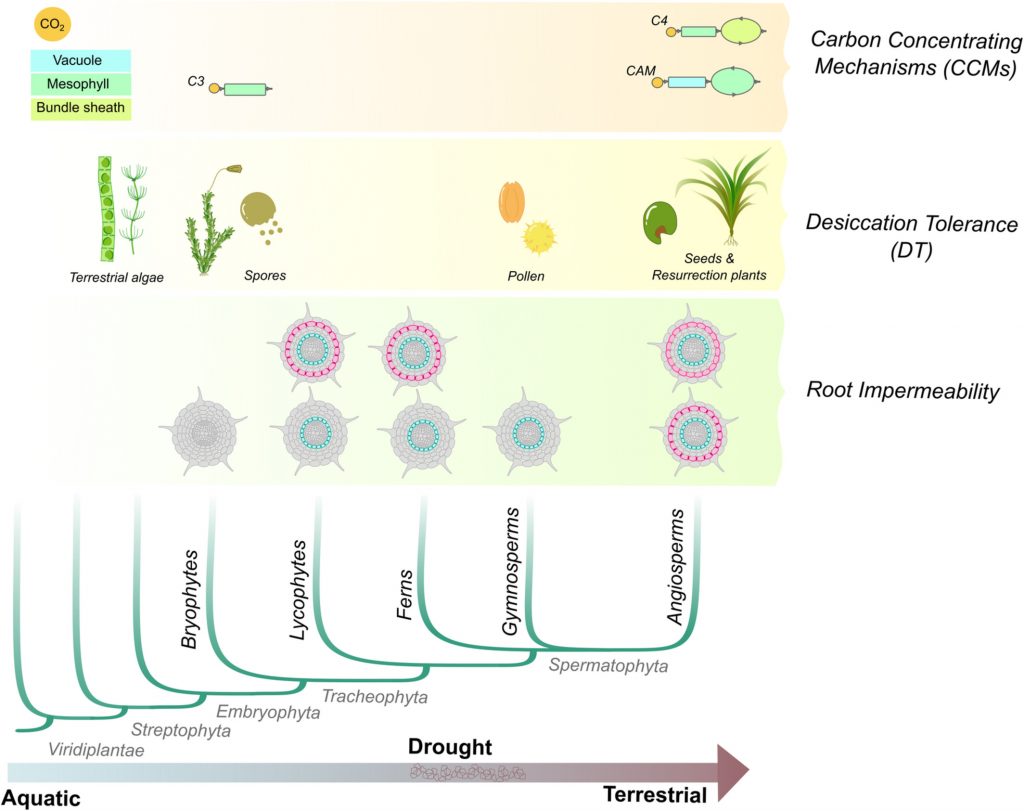
Review: Convergent evolution of gene regulatory networks underlying plant adaptations (Plant Cell Environ.)
Plant Science Research WeeklyThe transition from aquatic to terrestrial habitats exposed plants to low water availability, high light, radiation, and other environmental challenges. To overcome these challenges, plants developed morpho-physiological adaptations to tolerate dry environments and make photosynthesis more efficient.…
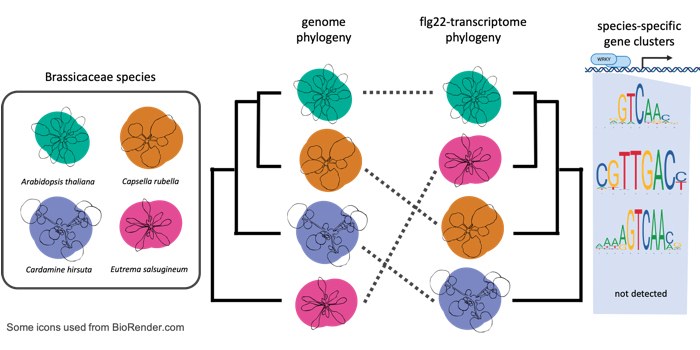
Exploring the evolution of immunity responses in Brassicaceae
The Plant Cell: In a NutshellWinkelmüller, Entila, Anver et al. uncover the considerable variation in gene expression patterns in closely related Brassicaceae species during pattern triggered immunity. Plant Cell
By Thomas M. Winkelmüller, Frederickson D. Entila, Shajahan Anver, and Kenichi Tsuda
Background: Plants…
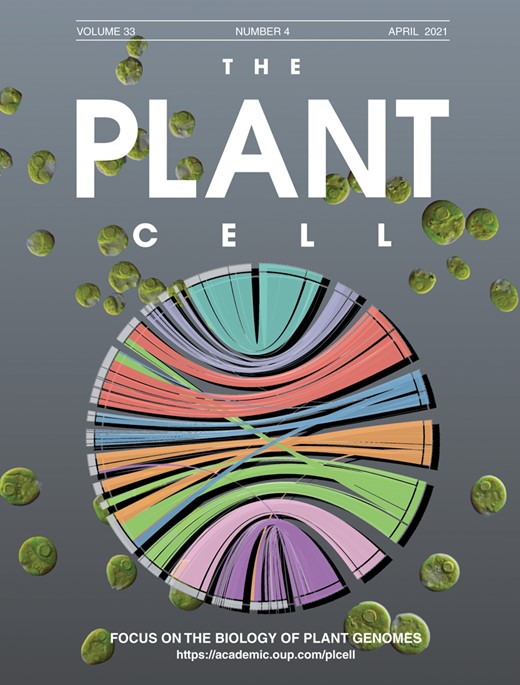
Focus Issue: Focus on the Biology of Plant Genomes (Plant Cell)
Plant Science Research WeeklyThe Plant Cell has published a Focus Issue on the Biology of Plant Genomes. This Focus Issue includes reviews and research articles that highlight some of the most important recent advances in plant genomics and foreshadow future discoveries. Although Arabidopsis is represented in this article collection…
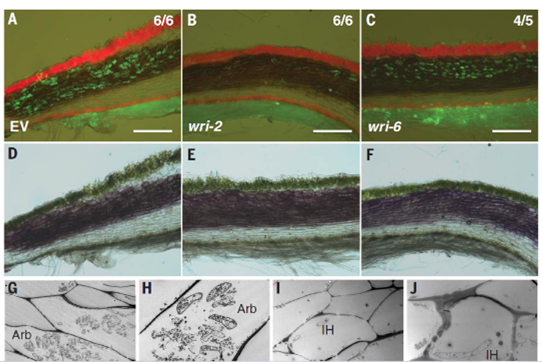
Give and Take: Lipid exchanges drove the evolution of mutualism during plant terrestrialization (Science)
Plant Science Research WeeklyPlants form symbiotic associations with a variety of microbial partners, among which arbuscular mycorrhizal fungi (AMF) are prominent. AMF are known to enrich plants with a host of vital nutrients including the essential macronutrient phosphorus. While the finer details of plant-AMF association are known…
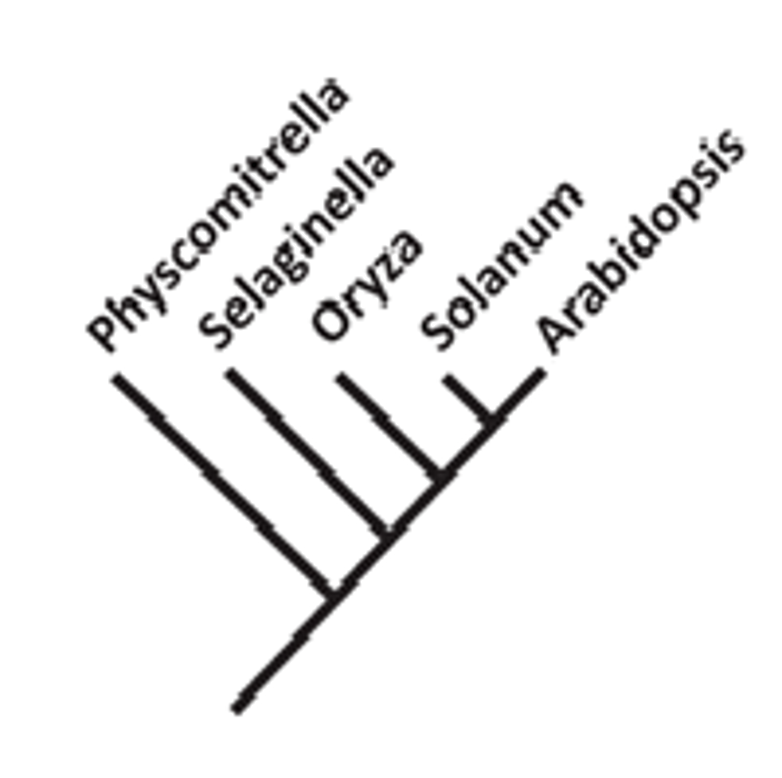
Viewpoint: Bryophytes are not early diverging land plants (New Phytol.)
Plant Science Research WeeklyPhylogenetic trees demonstrate the evolutionary relationship between organisms, but sometimes these relationships are described by inappropriate terminology. In this Viewpoint, McDaniel observes that based on a phylogeny as drawn here, bryophytes (represented by the genus Physcomitrella, aka Physcomitrium)…
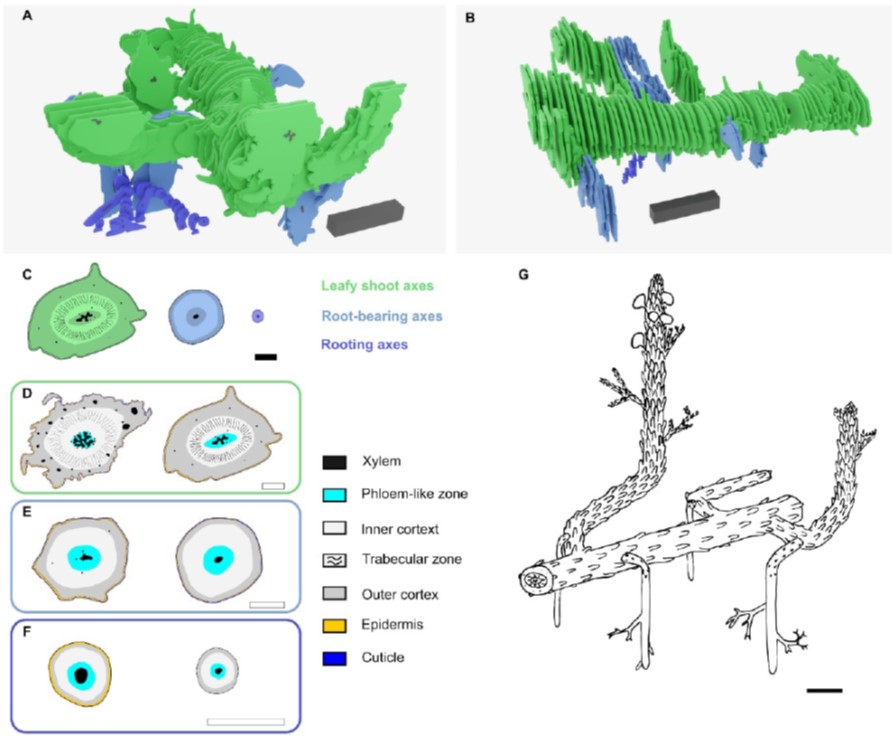
An evidence-based 3D reconstruction of Asteroxylon mackiei, the most complex plant preserved from the Rhynie chert (bioRxiv)
Plant Science Research WeeklyThe Rhynie chert holds some of the oldest and best-preserved fossils of vascular plants (Rhynie is a village in north-east Scotland, and chert is a type of sedimentary rock). Analysis of thin section of fossils from here have provided the earliest cellular details of “rhizoid-based rooting systems,…
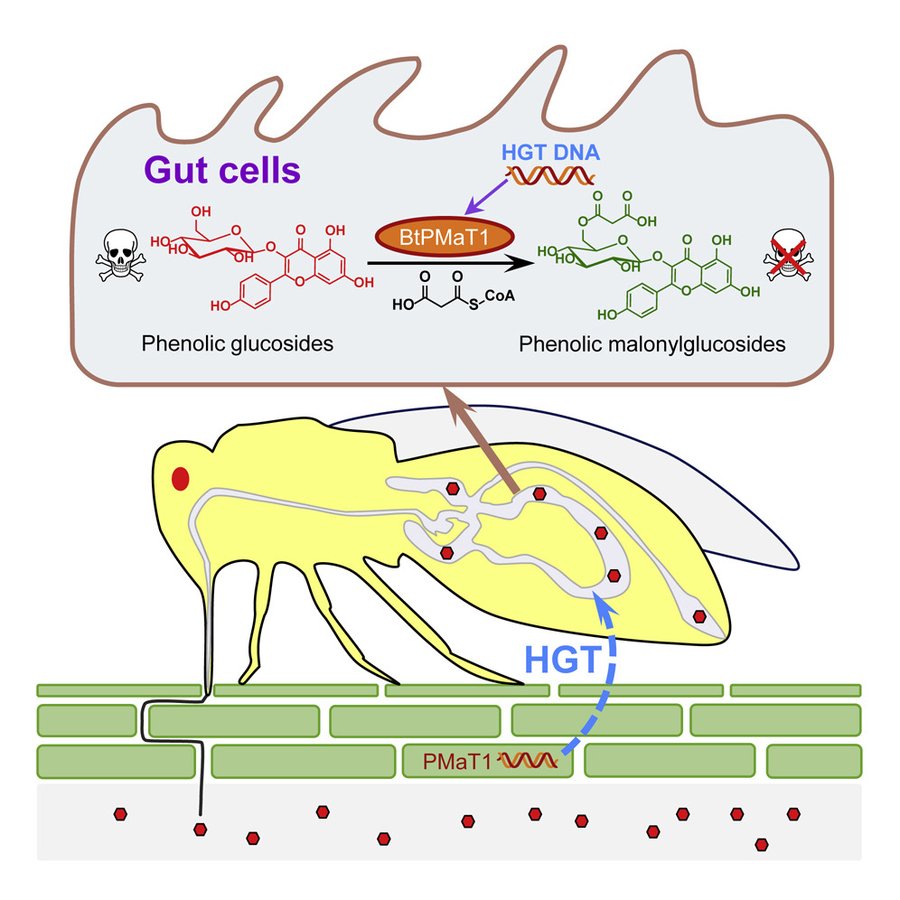
Whitefly hijacks a plant detoxification gene that neutralizes plant toxins (Cell)
Plant Science Research WeeklyThe sweetpotato whitefly, Bemisia tabaci, are devastating crop pests that lower yields and transmit viruses. They feed off more than 600 species, most of which produce toxic phenolic glycosides. Xia et al. investigated how the whiteflies manage to avoid the effects of the toxin. They found convincing…
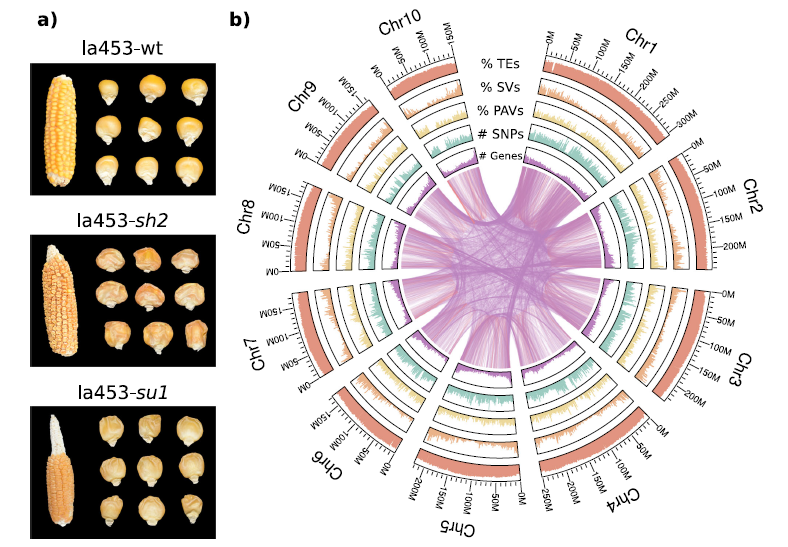
Genome assembly and population genomic analysis provide insights into the evolution of modern sweet corn (Nature Comms)
Plant Science Research WeeklyIn maize (Zea mays), loss of function mutations in genes involved in starch biosynthesis characterize sweet corn varieties that have increased sugar content in the kernel. Specifically, lines carrying the shrunken2 (sh2) allele revolutionized the corn industry in Northern America in the last 50 years…
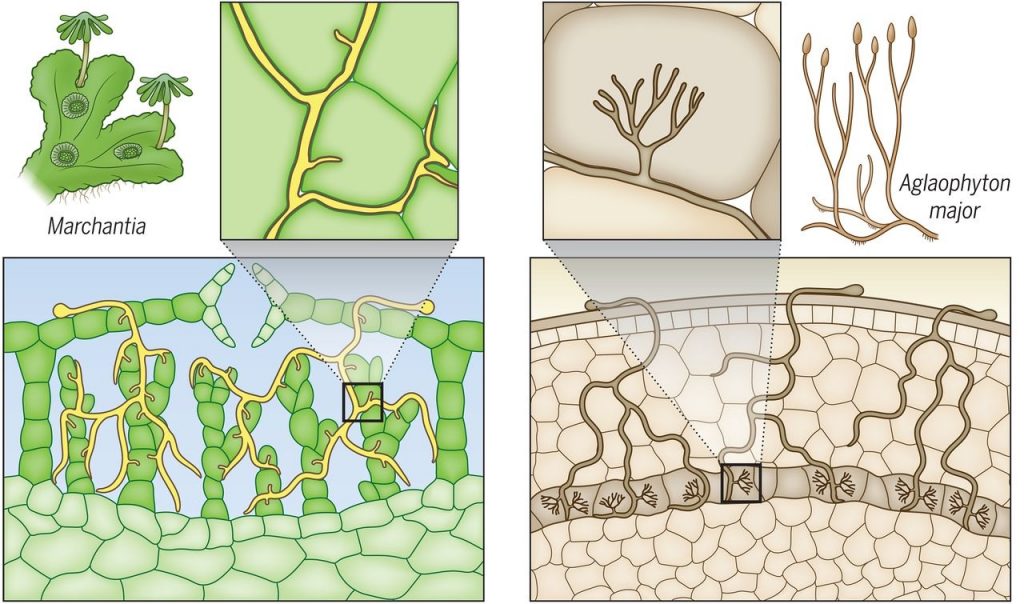
Review: Plant evolution driven by interactions with symbiotic and pathogenic microbes (Science)
Plant Science Research WeeklyOne of the great questions in plant science has been, “How do plants recognize friend from foe?” Like most great questions, this one benefits from a historical perspective. In their new review, Delaux and Schornack look at plant evolution through the lens of plant interactions with symbiotic and…

